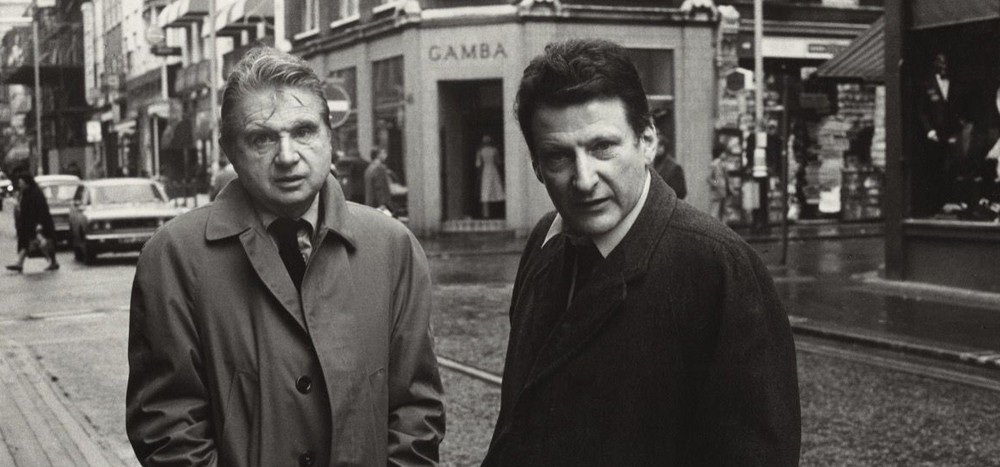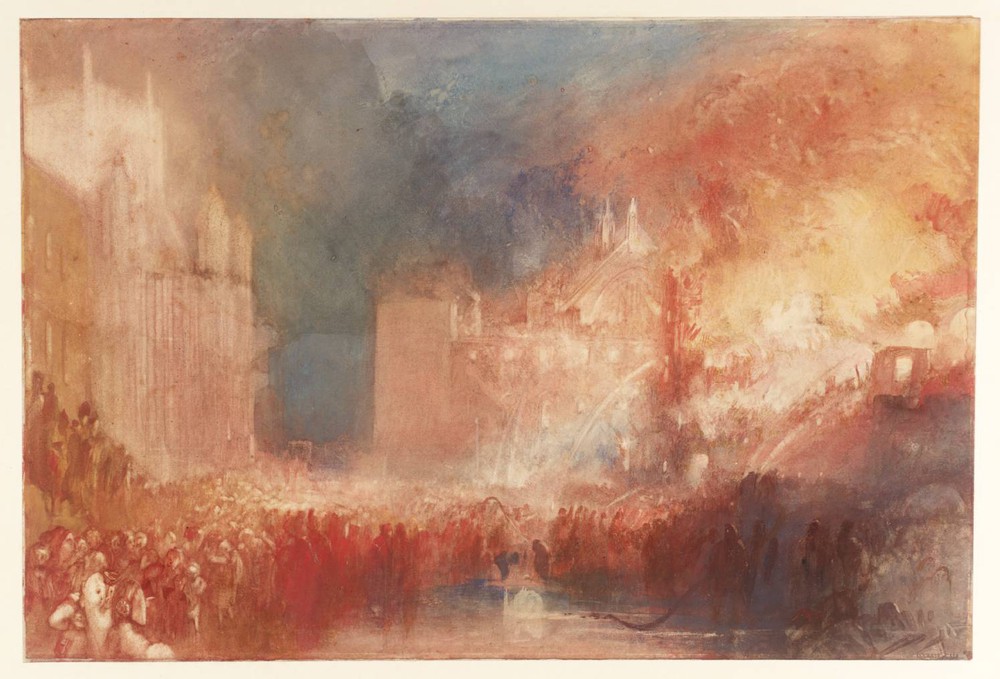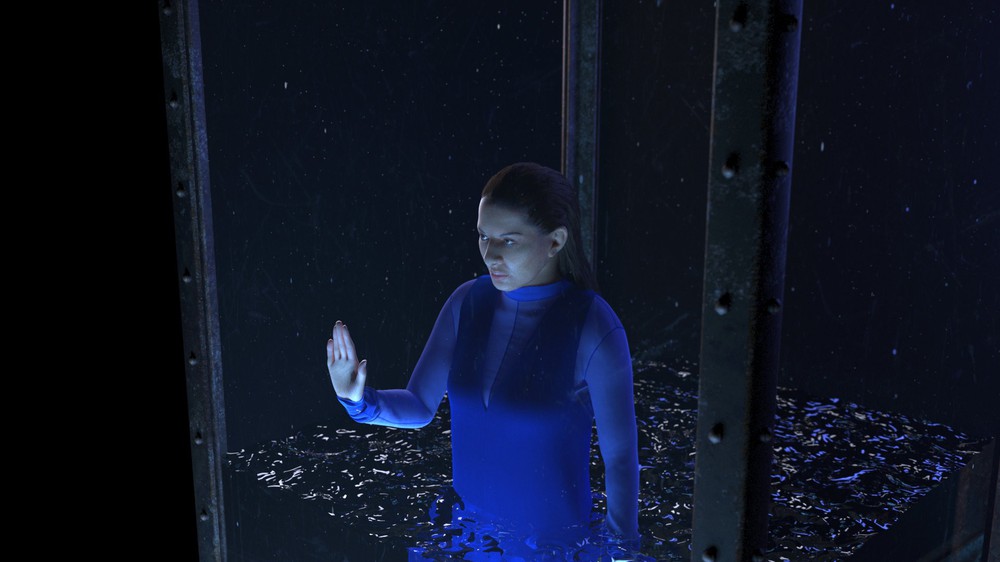
J.M.W. Turner
J.M.W. Turner took classical genres and scenes and infused them with a new dynamic in painting. He reflected on the increasing importance of individual experience in the era of the Enlightenment, where the perceptions of human beings led to exalted personal moments and sublime interactions with nature. Through this dedication to rendering heightened states of consciousness and being, he helped define the cross-disciplinary artistic movement of Romanticism, setting the stage for later developments in painting subjective experiences that would lead to Impressionism. In some of his later works especially, Turner responded to the arrival of the modern era by making the contraptions of human invention powerfully, sometimes threateningly present. (The Art Story)
Editorial (6)

The Provocateurs Who Defined Art in London
(Want to explore other “Artropolises”? Check out our series.)

5 Lessons to Learn From J.M.W. Turner’s Sketches
When Joseph Mallord William Turner died in 1851, he left behind enough masterpieces to put 90% of the world’s museums to sha…

VR Art, Caravaggio Remixed, Female Rage & More
Each week, we scour the internet for the most significant, surprising, and outrageous art news—helping you stay informed (an…
Playlists (17)



Colorful Abstracts



The Morgan Library & Museum: Curated Picks
Related artists

Eilif Peterssen
Norwegian, 1852–1928
Roger Fry
British, 1866–1934